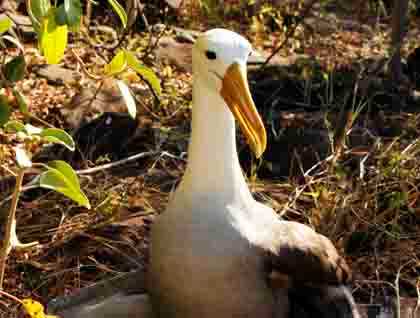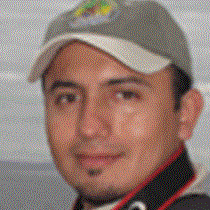Landing at Punta Suarez for the first time in my life was like setting foot on a different planet. I was a teenager then, and I still remember the amusement caused by the amount of wildlife spread out in the middle of the trail, leaving slight room for me to walk, to sit, to breathe.
Every time I come back to this site, I try to remember that very first moment, the impression it made on me to the point that many years later, I am still here, now taking people through those same paths that have changed so little.
It’s difficult not to step on an iguana. They are the most colorful ones of the Galapagos, probably the most photographed as well. I picture Charles Darwin while he made his experiments with this creature, tossing one into the sea. He caught it by its long muscular tail and in repeated occasions threw it again and again. The lizard always swam back to the shoreline, even with the challenge of having to face Darwin once more. He then wrote in his journal, ”perhaps this singular piece of apparent stupidity may be accounted for by the circumstance, that this reptile has no enemy whatever on shore, whereas at sea it must often fall a prey to the numerous sharks. Hence, probably, urged by a fixed and hereditary instinct that the shore is its place of safety, whatever the emergency may be, it there takes refuge.”
What a curious, systematic, great observer young Darwin was when he came to Galapagos – actually, all throughout his life – to the point of discovering the mechanism of natural selection in the evolution of species. What a privilege to be visiting the islands that somehow triggered his ideas that changed the way we understand the origin of life on our planet.
I love marine iguanas, I love Española, and I enjoy sharing this amazing archipelago with visitors to see what an eye opening experience it can be for others, as it was for me.









